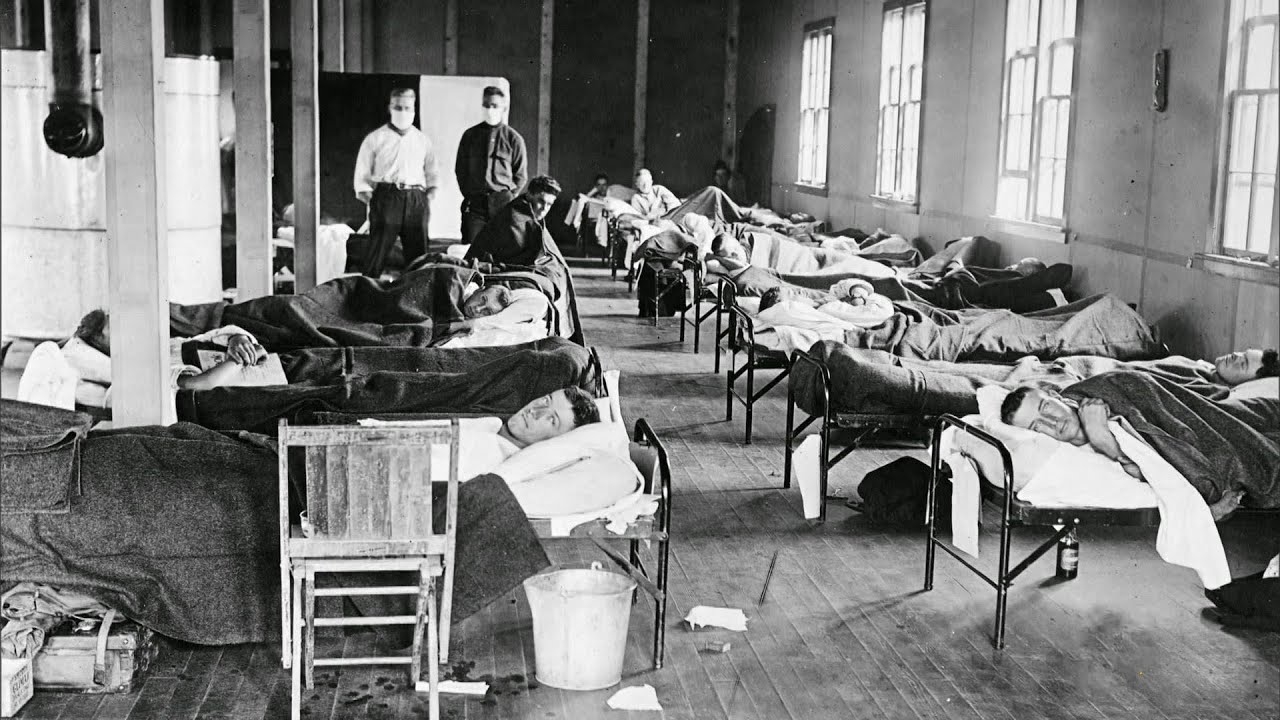Trending Now
- 830 voters names go missing in Kavundampalayam constituency
- If BJP comes to power we shall consider bringing back electoral bonds: Nirmala Sitaraman
- Monitoring at check posts between Kerala and TN intensified as bird flu gets virulent in Kerala
Tamilnadu News
1918 Spanish Flu: Crows Were Sitting On Bodies Floating In River
![]() April 1, 2020
April 1, 2020
As death registration status in British India did not have influenza as a category in 1918, the recording of six million deaths was only approximate, the Sanitary Commissioner of British India revealed in his preliminary report filed in 1919.
“Even though the Central, Western and Northern India suffered severely due to the virulent outbreak, Madras was not affected that severely. And at that time, influenza was not a category in death status column. So the numbers are approximate. And out of the total population of the then British India, the death rate per thousand was 20,” F Norman White, Sanitary Commissioner of British India reveals in the report.
According to the 1911 Census, 233 crore was the total population of British India and 48 lakh died due to influenza.
The report had included death statistics available only till November 1918 as the time of writing report, Norman had not got data from all provinces.
Floating Bodies
“Skepticism over getting infected by burning bodies, lack of cow dung cakes and wood to burn the dead, forced people to dump the bodies into Narbada River in Madhya Pradesh, which eventually stopped boatmen to transport people across the river,” a letter sent by an officer in the report reveals. Narmada was called as Narbada during British period.
The officer reporting to the sanitary department of the then British India wrote that he saw bodies being dumped into river brought in carts and crows sitting on highly decomposed eight bodies floating in the river.
Norman writes that the first information on the disease outbreak was in June 1918 in Bombay and by end of that month the entire city was incapacitated by fever. And by then the disease was reported in Calcutta and Madras too.
As the outbreak was so mild then and the mortality caused so insignificant, the British Indian government could not fix a date of disease outbreak commencement.
Docked Ship
Norman admits in the report that “it is extremely difficult to ascertain the source from which infection was introduced. It is by no means certain that infection was not already pre-existent in India.”
In the report, Norman hints at a disease outbreak similar to influenza that occurred in Thana district in Bombay in the early months of 1918.
However, Norman stresses a point that the crew of a ship that docked in May in Bombay port had the disease and they had freely interacted with the public.
Norman reports that by the start of July, it had spread all over India.
“However, the mortality rate becomes alarming in September and October. On October 6, 1918, 768 deaths were recorded,” Norman reports.
Based on death statistics Norman claims that influenza in India was fatal between 10 and 40 and females suffered to a somewhat greater degree than males.
The 1918 influenza had killed both British and Indian troops then.
According to Norman, among the British troops, there was 18,757 admissions for influenza and 770 died.
And among the 45,310 Indian troop admission, 5082 died. In a small Indian post in the then Persia, out of the 125 stationed there, 90 died.
Deaths were happening in the British India jails too.
While detailing the reports of different British Indian provinces, Norman says that full information was not available from Madras when the report was filed.
However, he says that the mortality rate from all causes except, plague, cholera, small-pox, dysentery, and diarrhoea, and injuries during the first 11 months in 1918 exceeded mean mortality for these months by 509,667.
“This figure is by no means an over-estimate of the number of deaths that may be attributed to influenza. On this hypothesis the mean influenza death-rate for Madras works out at 12.7 per thousand which is very much lower than other provinces,” Norman writes.
Travelling Dispensaries
Norman reports that remote villages were badly affected and it was almost impossible to do anything appreciable to alleviate the suffering therein.
“In some areas traveling dispensaries were deployed,” Norman adds.
Experts say that the 1918 influenza outbreak was caused by an H1N1 virus with genes of avian origin.
The death rate for the 1918 flu pandemic was exceptionally high, at over 20%. It is estimated that about 500 million people or one-third of the world’s population became infected with this virus. The number of deaths was estimated to be at least 50 million worldwide.
And in the case of the novel Coronavirus, in his opening remarks at the March 03 media briefing, WHO Director-General Dr Tedros Adhanom Ghebreyesus stated – “Globally, about 3.4% of reported COVID-19 cases have died.”
Initially, the World Health Organization (WHO) had mentioned 2% as a mortality rate estimate in a press conference on January 29 and again on February 10.
The virus has infected 875,445 people worldwide and killed 43,459.
When the 1918 flu outbreak happened, antiviral flu drugs were not available at the time.
Knowledge of influenza was very low and some believed that the pandemic was caused by bacteria – Bacillus influenza.
In the Coronavirus case too, so far, no vaccine is yet available.
























